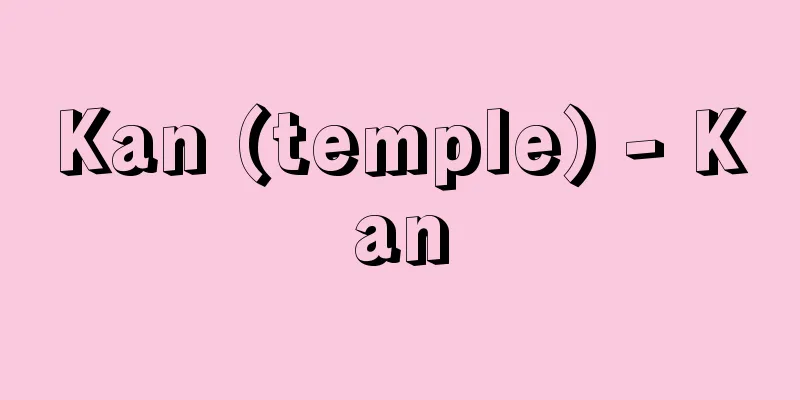Persian - Persiago

|
It is a Southwest Iranian language in the Indo-Iranian branch of the Indo-European language family, and is the national and official language of Iran. Historically, it consists of Ancient, Medieval, and Early Modern Persian, but generally, Persian refers to the Persian language of the Islamic period from the mid-7th century to the present day. Old Persian is the language used to carve inscriptions by the kings of the Achaemenid Empire (6th to 4th centuries BC), written in cuneiform script and famous for the Bistoon (Behistan) and Persepolis inscriptions of Darius the Great. It has inflectional properties characteristic of Indo-European languages, and is quite complex in terms of number, gender, and case. Medieval Persian is a language that dates from the 4th century BC to the Islamic period, and was the official language of the Arsacid and Sassanid dynasties, and was also called Pahlavi during the Sassanid period. It contains many documents related to Zoroastrianism, is written in the Semitic Aramaic alphabet, and was used in some places until around the 9th century AD even after the fall of the Sassanid dynasty. It is an extremely difficult language due to its polyphonic single characters, historical notation, and Japanese pronunciation of words. Modern Persian (simply known as Persian) was established based on Medieval Persian, and was written with 32 characters, consisting of 28 Arabic characters plus four characters that represent the sounds of Persian, and many loanwords from Arabic. In the mid-7th century, Iran was conquered and ruled by Islamic Arab armies, and Arabic was used as the official language of Iran for about two centuries, during which time Modern Persia was established and was used primarily as a spoken language. When the Iranian ethnic dynasty was established in the 9th century, Persian gradually began to be used as a literary language, and in the 10th century, the Samanid dynasty was established, and as a result of the policy of reviving ethnic culture, Persian established a complete foundation in both poetry and prose. During the transition from Old Persian to Medieval Persian, grammar had already been simplified considerably, but in the Islamic period, Modern Persian became even easier in terms of grammar and pronunciation, and with the development of Iranian culture, in the Middle Ages, Persian was used as the official and academic language not only in Iran, but also in a vast area extending from northern India and Afghanistan in the east, Turkey in the west, and Central Asia in the north, and occupied an important position second only to Arabic in the Islamic world. From the 10th century to the end of the 15th century, Persian reached its most glorious period, producing many great poets in poetry and many excellent works in prose, such as history, geography, and biography. This sweet language, also known as the "French of the East," has long been the subject of research by Western Orientalists, and is taught and studied in several universities in Japan. In Afghanistan it is called Dari and is one of the official languages of the country. [Tsuneo Kuroyanagi] Source: Shogakukan Encyclopedia Nipponica About Encyclopedia Nipponica Information | Legend |
|
インド・ヨーロッパ語族のインド・イラン語派のうち西南イラン語に属する言語で、イランの国語、公用語。歴史的には古代・中世・近世ペルシア語からなるが、一般にペルシア語は、7世紀なかばから今日に至るイスラム時代のペルシア語を意味する。 古代ペルシア語はアケメネス朝(前6~前4世紀)諸王の碑文を刻むのに用いられた言語で、楔形(くさびがた)文字で書かれ、ダリウス大王のビーストゥーン(ベヒスタン)碑文やペルセポリス碑文で名高い。インド・ヨーロッパ語の特色である屈折性を有し、数、性、格ともかなり複雑である。 中世ペルシア語は紀元前4世紀からイスラム期に至る言語で、アルサケス朝、ササン朝の公用語で、とくにササン朝時代にはパフラビー語ともよばれた。ゾロアスター教関係の文献が多く、セム系アラム文字で表記され、ササン朝滅亡後も紀元後9世紀ごろまで一部で用いられた。一文字多音、史的記法、訓読語詞などのためにきわめて難解な言語である。 近世ペルシア語(単にペルシア語)は中世ペルシア語を母体として成立し、アラビア文字28字にペルシア語の音を表す四字を加えて、計32文字で表記され、アラビア語からの借用語が多い。7世紀なかばにイスラム・アラブ軍に征服、支配されて、約2世紀間イランの公用語にはアラビア語が用いられ、この間に近世ペルシアが成立し、主として話しことばとして用いられた。9世紀にイラン系民族王朝が樹立されると、ペルシア語はしだいに文学語として用いられ始め、10世紀にサーマーン朝が樹立され、民族文化復興政策をとった結果、ペルシア語は詩と散文の両分野において完全に基礎を確立した。古代ペルシア語から中世ペルシア語への移行の場合に、すでに文法はかなり簡素化したが、イスラム期において近世ペルシア語はいっそう文法、発音の面で容易になり、イランの文化発展に伴い、中世においてはイランだけでなく、東は北インド、アフガニスタン、西はトルコ、北は中央アジアにわたる広大な地域で公用語、学術語として用いられ、イスラム世界においてアラビア語に次ぐ重要な地位を占めた。10世紀から15世紀末に至る間にペルシア語はもっとも輝かしい時代を迎え、詩においては幾多の大詩人が輩出し、散文においても歴史、地理、伝記などに多くの優れた作品が執筆された。「東洋のフランス語」としても知られるこの甘美な言語は、西欧の東洋学者の研究対象となって久しく、わが国でもいくつかの大学で教育、研究が行われている。 なお、アフガニスタンではダリー語とよばれ、同国の公用語の一つである。 [黒柳恒男] 出典 小学館 日本大百科全書(ニッポニカ)日本大百科全書(ニッポニカ)について 情報 | 凡例 |
<<: Persian Letters (English: Lettres persanes) French
>>: Perugia - Perugia (English spelling)
Recommend
Emergency unemployment countermeasures project - Kinkyuushitsugyo Taisakujigyo
… [Japan's employment policy] In Japan, the t...
Gonjuro Ichikawa
1848-1904 A Kabuki actor from the late Edo to Mei...
Nicotinic acid
...(3) Excess Riboflavin is said to be harmless e...
Vibration table
...A device that applies a force that changes in ...
Canada Balsam
A natural resin. A pale yellow to yellow-green tra...
Gold-rimmed securities
This refers to top-quality securities, also known...
Nine Songs
Songs of Yu's nine merits. (Zuo Zhuan, Wen 7th...
Antiparticle - hanryushi (English spelling)
Quantum theory (quantum field theory), which foll...
Imperial Way Faction
In the early Showa period, a faction within the Ar...
Bickerstaff, I.
…Joseph Addison and Richard Steele founded the Ta...
National Park - Kokuritsu Koen
In general, it means a national park or a park es...
Oriental Republic of Uruguay - Uruguay (English spelling)
A country in southeastern South America. Official ...
Corpus Christi
A port and resort city in southern Texas, USA. Pop...
George Washington Bridge
...The driving force behind this was JA Rebling, ...
Ford, Harrison
Born July 13, 1942 in Chicago, Illinois. American ...









